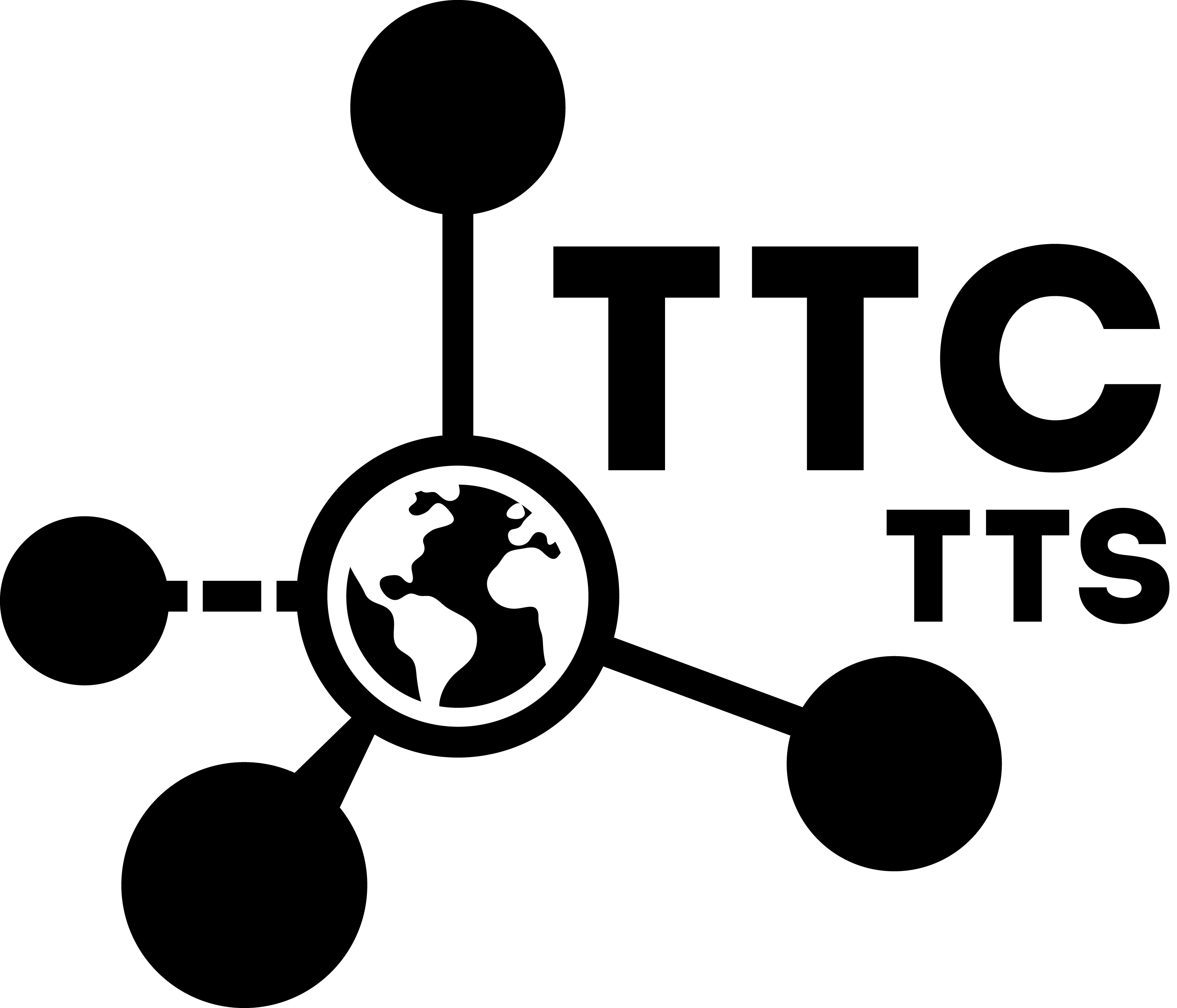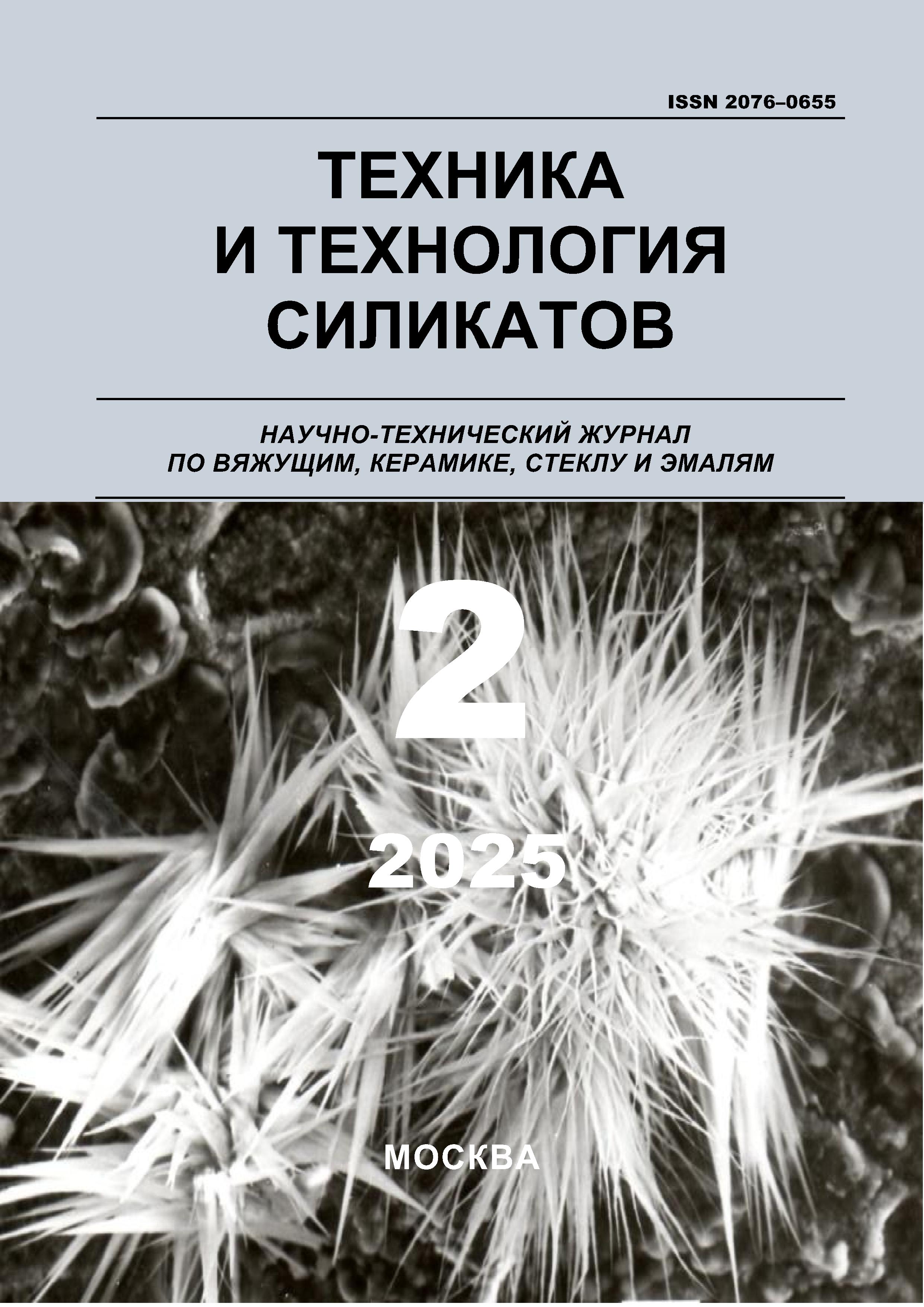employee
Irkutsk National Research Technical University (Research Laboratory of Construction Materials and Technologies, Head)
employee
Irkutsk, Irkutsk region, Russian Federation
employee
Kazan, Kazan, Russian Federation
UDC 666.952.2
CSCSTI 61.35
Russian Classification of Professions by Education 08.00.00
Russian Library and Bibliographic Classification 383
Russian Trade and Bibliographic Classification 60
The article presents the results of studies aimed at assessing the possibility and effectiveness of using hydro-removal ash, hereinafter referred to as HRA, as a component of composite cement binders. The structural characteristics of the HRA of the largest thermal power plants located in the Irkutsk region such as: TPP-10, TPP-9, TPP-11, Novo-Irkutsk TPP are studied and presented in the article; the following methods are used: X-ray structural analysis, X-ray fluorescence analysis, IR spectroscopy, elemental analysis, Romanov spectroscopy, laser diffraction. In the course of the research, the most rational ways of obtaining composite binders by combined and separate grinding using HRA and Portland cement CEMI-42.5N, which meets the require-ments of GOST 31108-2020, were established. The optimal values of specific surface area, water demand, pozzolanic activity and grindability coefficient of HRA have been determined, which in turn ensure the highest strength indicators of cement stone on a composite binder. In particular: the compressive strength of cement stone of a composite binder consisting of 50% HRA exceeds the strength of cement stone on ordinary Portland cement at the age of 28 days and is 110 MPa versus 93 MPa, respectively. The achieved strength indicators obtained as a result of the research allow us to draw a conclusion about the effectiveness of using HRA as a component of composite cement binder and to recommend the developed compositions for use in commercial concretes and mortars, taking into account the final requirements for the final quality indicators.
hydro removal ash, composite binders, thermal power plant ash, combined grinding, cement stone
1. Scherbakov E. Zoloshlakovaya revolyuciya [Elektronnyy resurs] // Sibirskiy energetik. 2015. T. 444, № 33. URL: http://www.vsp.ru/2015/09/04/zoloshlakovaya-revolyutsiya-2.
2. Mihaylov Yu.V. Novye tehnologii nedropol'zovaniya, obespechivayuschie ekologicheskuyu i nacional'nuyu bezopas-nost' Rossii // Gornyy informacionno-analiticheskiy byulleten'. 2018. № 11. S. 92–106. DOI:https://doi.org/10.25018/0236-1493-2018-11-0-92-106.
3. Vatin N.I., Petrosov D.V., Kalachev, A.I. Lahtinen P. Primenenie zol i zoloshlakovyh othodov v stroitel'stve // Mag. Civ. Eng. 2011. № 4. S. 16–21.
4. Pichugin E. A. Analiticheskiy obzor nakoplennogo v Rossiyskoy Federacii opyta vovlecheniya v hozyaystvennyy oborot zoloshlakovyh othodov teploelektrostanciy // Problemy regional'noy ekologii. - 2019. - №4. - S. 77-87.
5. Heidrich, C. Coal combustions products: a global perspec-tive/ C. Heidrich, H.J. Feuerborn, A. Weir // World of coal ash conference. - 2013. - C. 22-23.
6. https://arvis.online/ (data obrascheniya 02. 02. 2025 g.)
7. http://komitet-energo.duma.gov.ru/novosti/391c8a7c-2c3e-4037-ae22-a0ac9cae562b (data obrascheniya 02. 02. 2025 g.)
8. Bryuhan' F.F. Ispol'zovanie zoloshlakovyh othodov ugol'nyh teplovyh elektrostanciy dlya proizvodstva stroitel'nyh materialov // Aktual'nye problemy stroi-tel'noy otrasli i obrazovaniya: sb. dokl. I Nacional'noy konf. (Moskva, 30 sentyabrya 2020 g.). M.: NIU MGSU, 2020. S. 225-228.
9. Gapparov B.N., Oblokulova S.A. Novye vidy stroitel'-nyh materialov: sovremennoe sostoyanie, suschestvuyuschiy nauchnyy potencial i plany na buduschee // Ekonomika i socium. 2023. № 4 (107)–1. S. 508-510.
10. Haleem A., Luthra S., Mannan B. et al.Critical factors for the successful usage of fly ash in roads & bridges and em-bankments: Analyzing Indian perspective // Resources Policy. 2016. Vol. 49. Pp. 334-348. DOI:https://doi.org/10.1016/j.resourpol.2016.07.002.
11. Markov A.Yu., Strokova V.V., Markova I.Yu. Ocenka svoystv toplivnyh zol kak komponentov kompozicionnyh materialov // Stroitel'nye materialy. 2019. № 4. S. 77–83.
12. Da Silva S.R., Jairo José de Oliveira Andrade. A Review on the Effect of Mechanical Properties and Durability of Con-crete with Construction and Demolition Waste (CDW) and Fly Ash in the Production of New Cement Concrete // Sustain. 2022. T. 14. № 11.
13. Raheel M., Rahman F., Ali Q. A stoichiometric approach to find optimum amount of fly ash needed in cement concrete //SN Applied Sciences. 2020. T. 2. №. 6. - rr. 1-9. EDN: https://elibrary.ru/OCJXGQ .
14. Yavinskiy A.V., Chulkova I.L. Vliyanie udel'noy poverh-nosti zoly gidroudaleniya na svoystva zolocementnogo kamnya // Promyshlennoe i grazhdanskoe stroitel'stvo. 2023. № 2. S. 73-80. DOI:https://doi.org/10.33622/0869-7019.2023.02.73-80.
15. Yavinskiy A.V., Chulkova I.L. Vestnik Sibirskogo gosu-darstvennogo avtomobil'no-dorozhnogo universiteta. 2023. T. 20. № 1 (89). S. 158-166. DOI:https://doi.org/10.26518/2071-7296-2023-20-1-158-166









